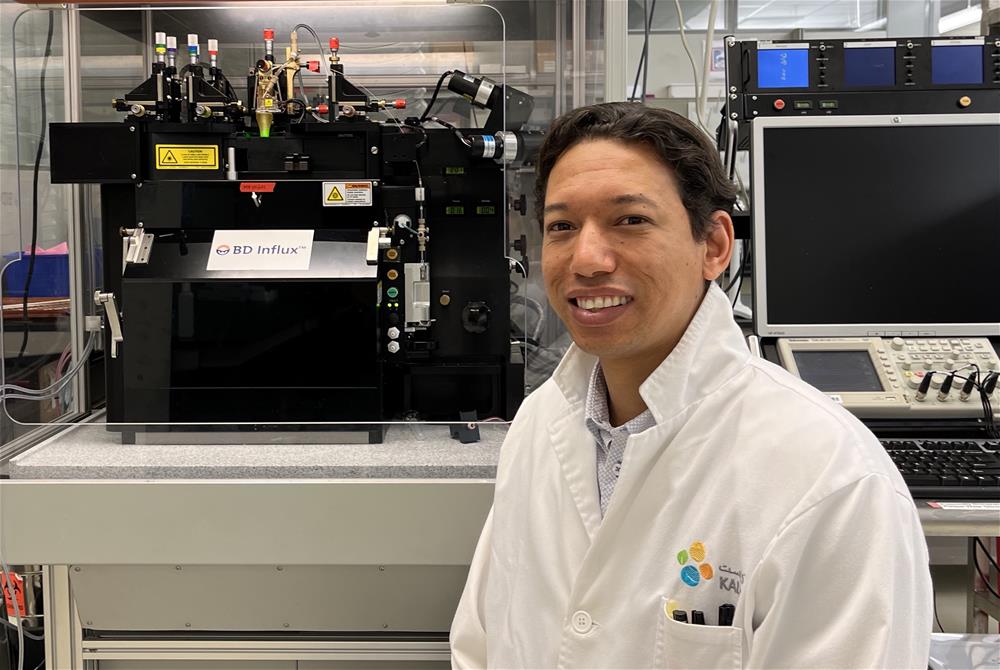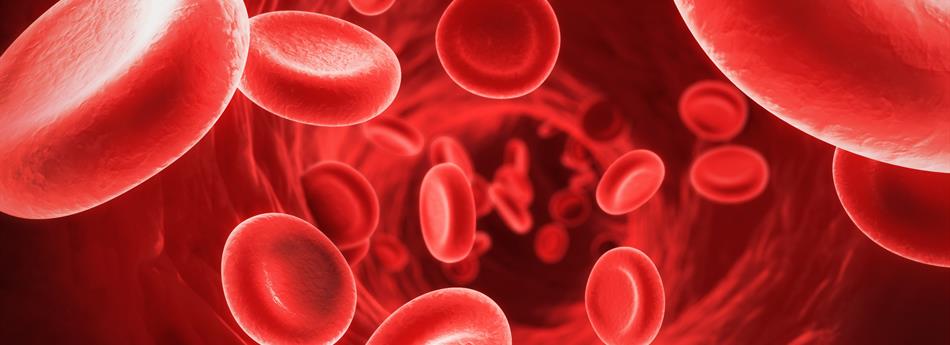The Core Labs has contributed to a KAUST research paper that improves hematopoietic stem cell engraftment through chemical modifications
A new study published in Blood Advances and led by KAUST Associate Professor Jasmeen Merzaban explains how hematopoietic stem cells can be subtyped based on differences in molecules expressed on their surface. Depending on these surface molecules, modifying the cells chemically enhanced their ability to engraft in mice, a critical step in their use for stem cell therapies. Notably, the study recognizes the contributions of the Bioscience Core Lab (BCL) and Animal Resources Core Lab (ARCL), providing another example of how Core Labs are contributing to innovation and raising the quality of science in the Kingdom.
Hematopoietic stem cells are the first of many types of stem cells to have been discovered. Physiologically, they are responsible for producing all the blood cell subtypes in the body. Clinically, their transplantation (hematopoietic stem cell transplantation, or HSCT) is a marvel medicine, having cured cancer, HIV, severe immune deficiencies like the bubble boy and other diseases. However, HSCT is extremely risky, and not all patients respond well. One reason is because there remain many unknowns about how hematopoietic stem cells engraft in the patient to exert their therapeutic effect following the transplantation.
Researchers have divided hematopoietic stem cells into two subpopulations, short-term and long-term, which describes the duration they sustain hematopoiesis. These subpopulations are also recognized by different molecular profiles on their surfaces. The study shows how these molecular profiles explain their different migration and engraftment abilities – which are typically stronger in the short-term subpopulation – and how customized chemical treatment of the cells prior to the transplantation can enhance these abilities.
Dr. Luke Esau, a staff scientist at the BCL and one of the authors of the study, explains the contribution of the BCL to isolating the different hematopoietic stem cell subpopulations used for the HSCT in mice handled by the ARCL.
“We coordinated with Prof. Merzaban’s lab to ensure a streamlined workflow from euthanizing the mice to isolating thehematopoietic stem cells from bone marrow before we stained them with antibody and performed FACS [fluorescence activating cell sorting]. BCL is the only facility that offers our research community FACS for a wide range of sample types,” he said.
(FACS describes a common method for isolating specific cells by attaching to them a fluorescent label.)
BCL has purchased a new cell sorter for even higher service. It is expected to arrive at Core Labs before the end of the calendar year.
A single sample can take several hours to sort, and any mistakes in this step can set back a project significantly. Therefore, as is typical when a request comes from a user, Dr. Esau sat down with Asma AlAmoodi, a PhD student and first author of the study, and, after listening to her research goals, selected the best fluorescent markers and optimized the sorting process.
The facilities and expertise offered by the Core Labs, said Prof. Merzaban, save her lab time and resources, allowing for more research output.
“We are regular users of the KAUST Core Labs and being able to collaborate with some of the very talented staff has definitely helped us move our projects forward,” she remarked.
The article can read here.

Dr. Luke Esau with the cell sorter he used for the FACS.

